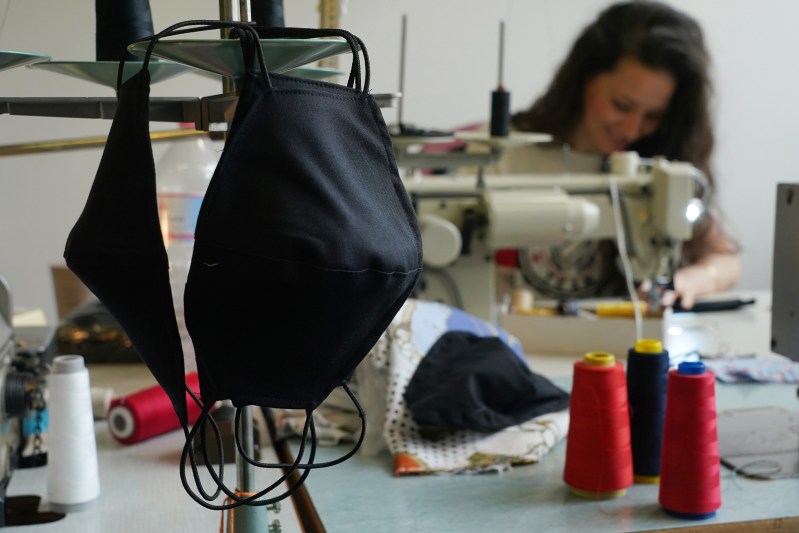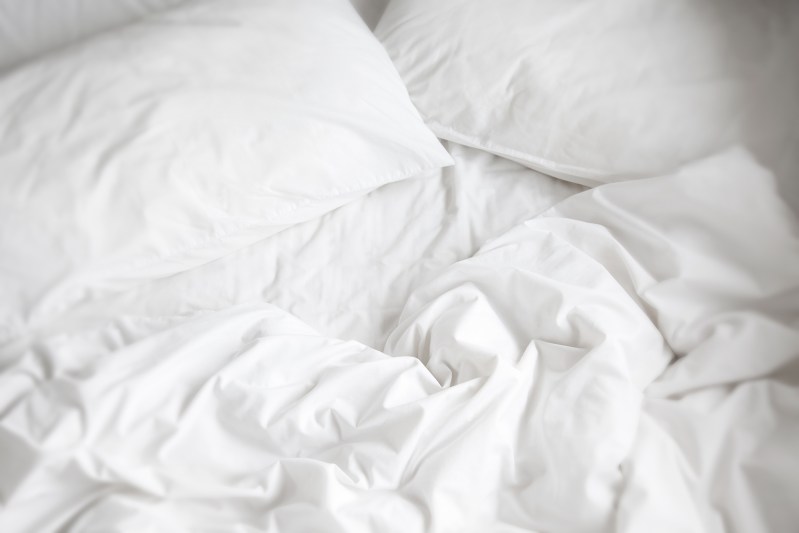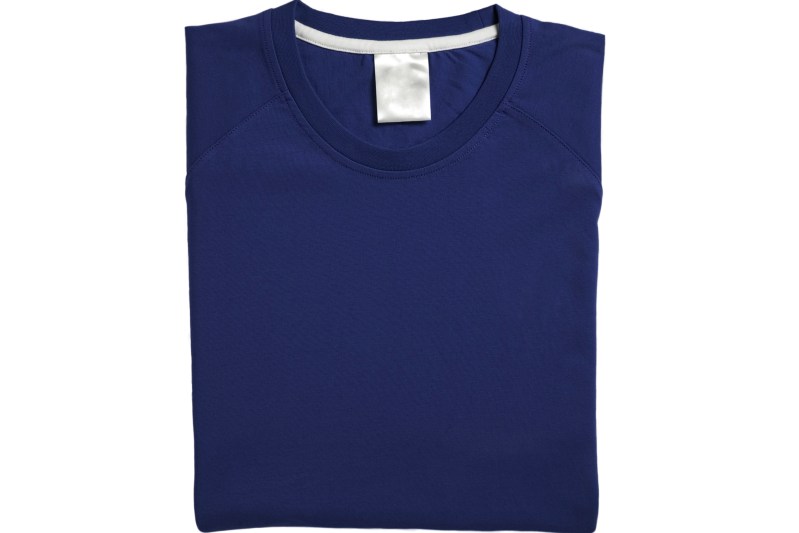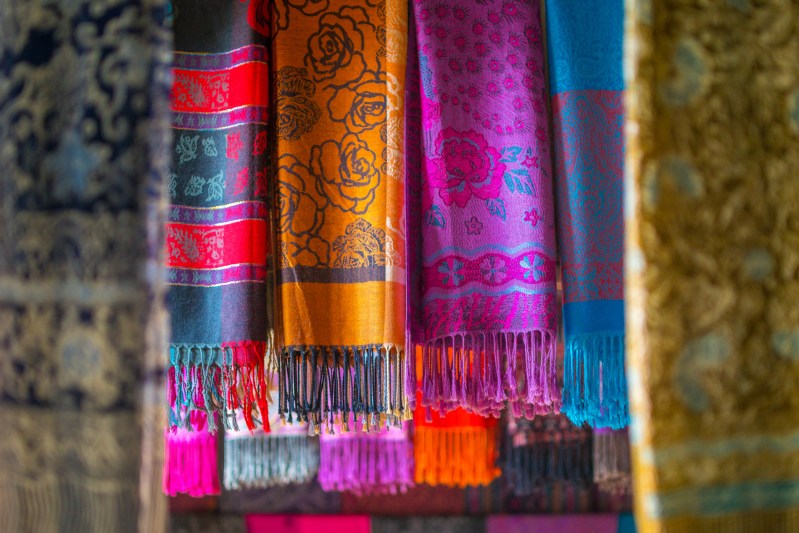
Since the Centers for Disease Control recommended Americans wear “cloth face coverings” in public to stave off COVID-19 infections, questions arose about the best types of materials to use when creating face masks.
The reasoning behind CDC’s new suggestion? Tiny coronavirus particles can be transferable through larger mucus and water droplets — like, say a cough or sneeze — and wearing a facial covering or mask could block those outgoing droplets from escaping.
When finding the right fabric to make your DIY coverings (especially if you haven’t been able to buy one online), a good rule of thumb is to follow Dr. Scott Segal’s light rule.
“Hold [the fabric] up to a bright light,” Segal, chairman of anesthesiology at Wake Forest Baptist Health, told the New York Times. “If light passes really easily through the fibers and you can almost see the fibers, it’s not a good fabric. If it’s a denser weave of thicker material and light doesn’t pass through it as much, that’s the material you want to use.”
The good news is, most of the fabrics doctors recommended are probably in our closets. Ahead are some effective materials to make your own face masks.
Linens

First reported by the Washington Post, in 2013, Cambridge University researchers studied the effectiveness and breathability of homemade mask materials. For example, using vacuum cleaner bags as a face cover ranked high in terms of filtering particles, but obviously ranked low in breathability.
The study concluded that masks and coverings made using linens (think: bed sheets and pillowcases) with at least a 180 thread count was found to be the best balance between the two variables.
100 Percent Cotton

First reported by NBC News, Dr. Segal along with researchers at Wake Forest Public Health tested the effectiveness of DIY masks by pumping air through the fabrics, and measuring their filtration capabilities.
They found that masks featuring one cloth only filtered one percent of particles, making them pretty useless. Rather, the best homemade coverings included two layers of “quilters cotton” i.e. fabric made from 100 percent cotton, with at least a 180 thread count, and featured a thicker weave. Some T-shirts and shirts are made from this medium weight, high-quality fabric, so make sure to check your garment’s labels before tearing it up for your homespun project.
Batik

The Wake Forest Public Health study also saw that woven fabrics like batik, a colorful Indonesian cloth spun with wax and dye that has been used for scarves and pocket squares, was also comparatively effective in filtering particles as long as they were internally lined with flannel.
“But you don’t want to use a knit fabric, because the holes between the knit stitches are bigger,” Segal told NBC News.
Of course, just wearing these coverings won’t be enough to protect you from being infected. Continue to follow the rest of CDC’s guidelines, including consistently washing your hands, socially distancing, and staying at home to help flatten the curve.


